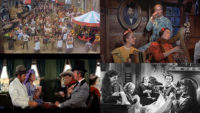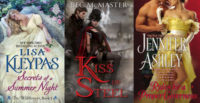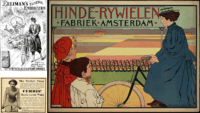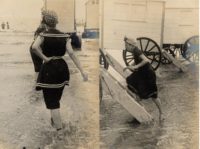Independence Day in the USA
July 4th - Celebrating American Independence for more than 240 Years! Independence Day – many countries celebrate Independence Day with traditions unique to their culture. In the United States, we've been celebrating this most patriotic holiday for more than 240 years on July 4th. Here are some cool facts about the 4th of July. Although [...]








